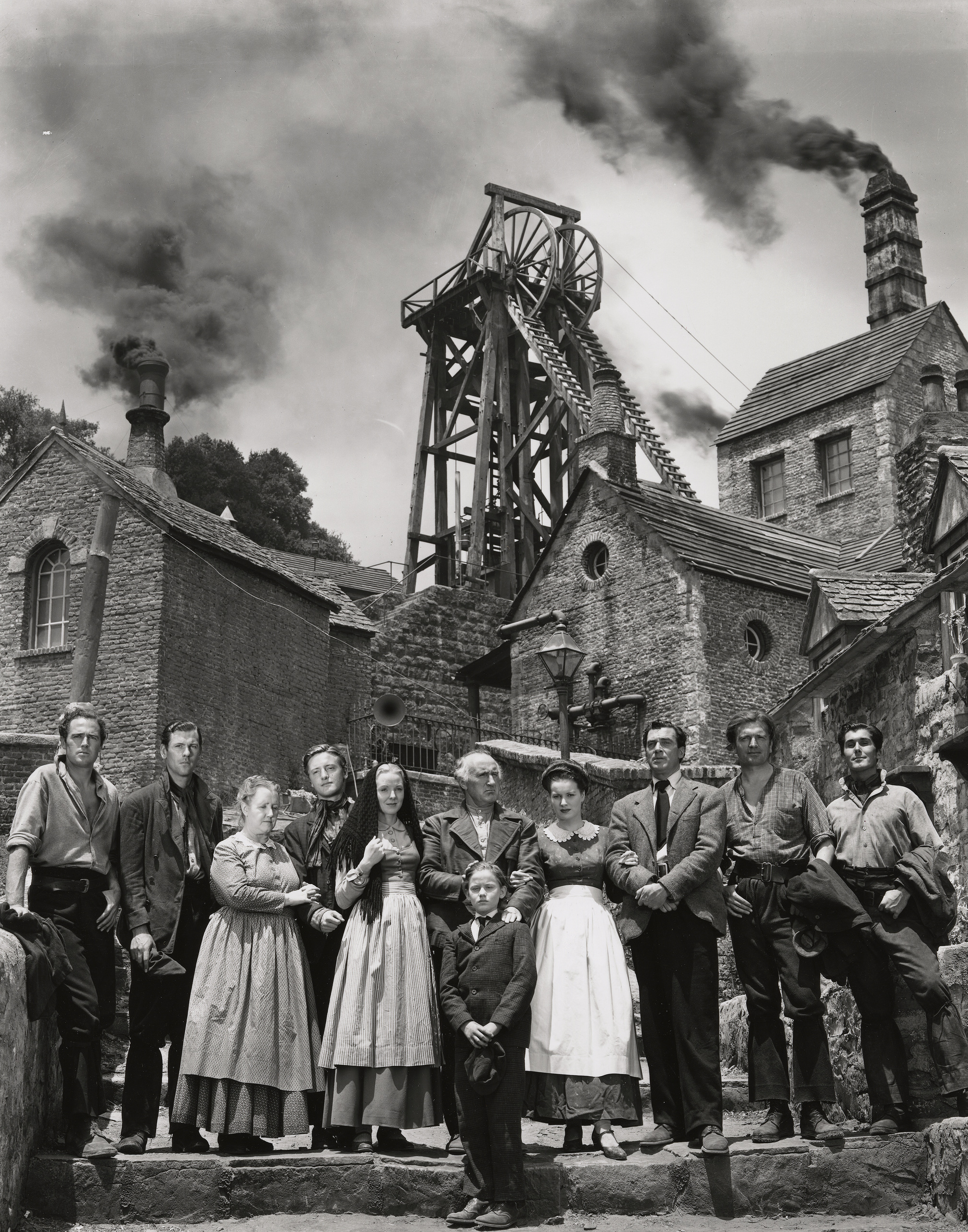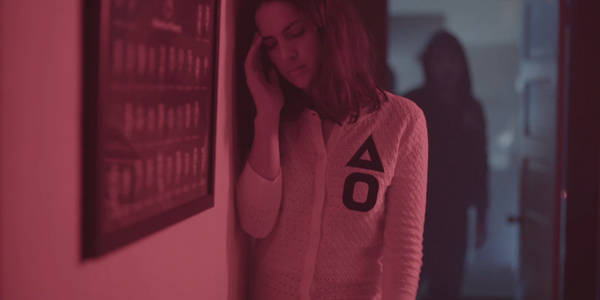NY TIMES FILM CRITIC MANOHLA DARGIS TEACHES STUDENTS TO THINK CRITICALLY ABOUT MOVIES
In her recent review of Marvel blockbuster Black Panther, centered on the fictional African nation of Wakanda, with its green hills, dazzling technology and strong, nuanced black characters, New York Times co-chief film critic Manohla Dargis dives into the movie’s ability to fling away binary conceptions of race.
“In its emphasis on black imagination, creation and liberation, the movie becomes an emblem of a past that was denied and a future that feels very present,” she writes. “And in doing so, opens up its world, and yours, beautifully.”
Thinking profoundly about film, whether a big budget box office smash, an Oscar-nominated independent movie or a silent drama, is vital to understanding the art of moviemaking beyond just the current-day appeal of effects and visual panache.
Lucky for ArtCenter, Los Angeles-based Dargis has taught as an adjunct professor in the Graduate Film Department since 2013. In her Spring 2018 course Thinking Critically About Film, she looks at movies both past and present, expanding students’ exposure to films by a diverse range of people. This term’s slate includes Lois Weber’s 1916 silent movie Shoes, Charles Burnett’s 1977 documentary-like Killer of Sheep, John Ford’s 1941 Oscar winner How Green Was My Valley, Dee Rees’s 2011 drama Pariah and Sean Baker’s 2015 micro-budget film Tangerine.


Photo: Kathleen Clark
I like students to think about the very thing that they’re making. If they’re making movies, they should have a critical awareness of filmmakers.
Manohla Dargis
“I like students to think about the very thing that they’re making. If they’re making movies, they should have a critical awareness of filmmakers,” says Dargis, whose students write a paper on a different film almost every week. “I’m also trying to impart knowledge about women and non-white filmmakers. My hope is that students, with their films, heed conventions and explode them as well.”
Dargis herself has always been immersed in movies. Growing up in New York City’s East Village, she relished going to nearby movie theaters unsupervised. Her mom and dad loved films and reading (her dad owned a bookstore). Film historian Tom Gunning, who she studied with as an undergraduate student, “was the first person who showed me you could read a movie like a book,” Dargis says.
Dargis started writing about film for the Village Voice while getting her master’s degree in Cinema Studies at New York University. She went on to work at outlets including the L.A. Weekly and Los Angeles Times, and has been The New York Times’ co-chief film critic since 2004. Her favorite films—which change depending on the day, she says, laughing—include French director Robert Bresson’s 1966 tragedy Au Hasard Balthazar, Francis Ford Coppola’s epic The Godfather and The Godfather Part II, and The Wizard of Oz. “It’s the movie I saw the most, as a child,” she says of the latter. “It’s a perfect classical Hollywood film.”
Dargis approaches Thinking Critically About Film as an impassioned teacher, and not as a film critic, she says. Students generally don’t show her their work. Instead, they gain insight into movies and directors they may otherwise not know about. “Teaching is beautiful, and I really enjoy it,” says Dargis. “If I can pleasantly blow somebody’s mind once, that’s an extraordinary thing."


For instance, Weber was one of the industry’s first female directors and a big name at the time, but has now faded from general film history. She tackled issues ranging from child labor to prostitution. Shoes follows the story of a young woman struggling to support her sisters and parents as a store clerk, and unable to afford a new pair of shoes. “It’s exciting to show a 1916 movie, and especially with so much discussion around female directors,” says Dargis. “The fight for female directors goes on, but there’s a history. Women made movies at the beginning of cinema.”
Ford’s 1941 working-class opus How Green Was My Valley, about 19th century Welsh coal miners, snagged Ford a best director Oscar. “Watching the film, we discuss, ‘What’s an auteur?’” says Dargis, referencing auteurism, which views a director as the main creative force of a movie.
Filmed for less than $10,000 over a series of weekends, Burnett’s 1977 gritty and humorous black-and-white drama Killer of Sheep—his MFA thesis film at UCLA—follows a disillusioned husband and father who works in a slaughterhouse in Watts. The movie is a realistic bird’s eye view into African-American Southern California experience, shot by a black director.
With the #MeToo and #TimesUp movements raising the bar when it comes to women being treated fairly, and growing attention on boosting overall equity, diversity and inclusion in television and film, the need for a variety of filmmaker voices is essential. According to a 2018 USC report examining 1,100 popular films from 2007 through 2017, only 4 percent of the films’ directors were women, and only 5 percent were black or African-American.
“I want a diversity of voices, stories and styles because it’s better for the art form, and part of that diversity is racial and ethnic diversity,” says Dargis. “Without that, the industry is stagnant. It should be a fair playing field.”






